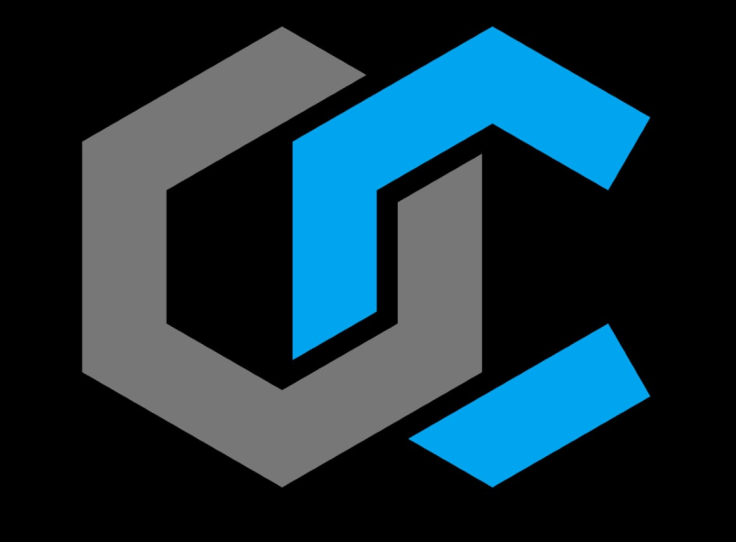Open Standards developer Coinprism releases enterprise blockchain

Coinprism, which developed the Open Assets standard now used by Nasdaq and Overstock, has released a enterprise blockchain offering called Openchain. Since it is setting out its stall as a blockchain company, it made sense to move into the permissioned space, said founder Flavien Charlon, adding that Openchain will be an entirely open source model.
Charlon told IBTimes UK that Openchain is not only first to market but also "the only one as far as I know that will be open source". He said other enterprise blockchain solutions tend to work on proprietary software, adding: "But we have a different vision also because of the background of working with Open Assets.
"It made us understand that its very important to build an open technology, an open protocol. So that there is broader adoption, and also enterprise customers they don't like vendor lock-in.
Coinprism was the first wallet that interacted with Open Assets, to help bootstrap adoption of the standard. The company then started offering more services such as APIs for businesses, mobile app and so on. As an open protocol, other companies started using Open Assets such as Chain and later Nasdaq and Overstock.
Predictions about enterprise blockchains abound, with some claiming these systems will take a decade plus to integrate and scale. Charlon said: "I think we will see it long before a decade, probably a year or two but it's going to be some specific systems. You can see with Nasdaq they started to work on blockchain technology just for their private market platform.
"Obviously they have the big stock market which has a lot of companies listed and they have millions of transactions per day. But then the private market platform is a much smaller thing that they have - it's a little bit like a second market and they only have 60 companies and for them it's like a good test base to try things there. I think we are going to see banks try this out on a smaller scale on maybe peripheral projects."
Smart mobile apps
Charlon ventured such peripheral projects within financial services might include smart mobile apps and such like for sending money via a phone. He said: "The type of thing basically that is not integrated with the rest of the things they have, but it's a nice way to experiment and provide value to their customers - a stepping stone."
He also said Openchain uses a system of hierarchical accounts accessing various levels within the permissioned chain with a series of keys. Charlon said: "You could have the board director of the company which has the root key and then people below that have like a smaller set of keys which give them access to the funds of a particular part of the company. So it's easier to organise things."
You could have the board director of the company which has the root key and then people below that have like a smaller set of keys which give them access to the funds of a particular part of the company. So it's easier to organise things
He said there is also a closed loop system, which means that by default, a user cannot just join the network to receive funds or some tokens or securities or whatever. They have to go through an on-boarding process first where the company does identity verification and then that user associates his key with this identity and then is able to use the system.
The user can then transact with anybody else on the system that has gone through the same verification process. But they cannot trade with someone who is outside of the system who has not done the validation.
In terms of scale, Charlon said Openchain can currently handle "a few thousand transactions per second". He added that full-on industrial scale post trade, including high-frequency trading, was an area the company is interested in developing.
He said Openchain operates with each asset type having one validator – something much closer to a normal database. Charlon added: "Stocks or currencies usually they have a custodian; there's one company that retains the actual asset and then the ledger kind of maps who owns how much of this asset they have in custody.
"Because of that you are already trusting a central authority like the company that is custodian. So the model of Openchain is that if you have to trust them for value of the token you might as well trust them for maintaining the ledger, because it's also their responsibility."
© Copyright IBTimes 2024. All rights reserved.






